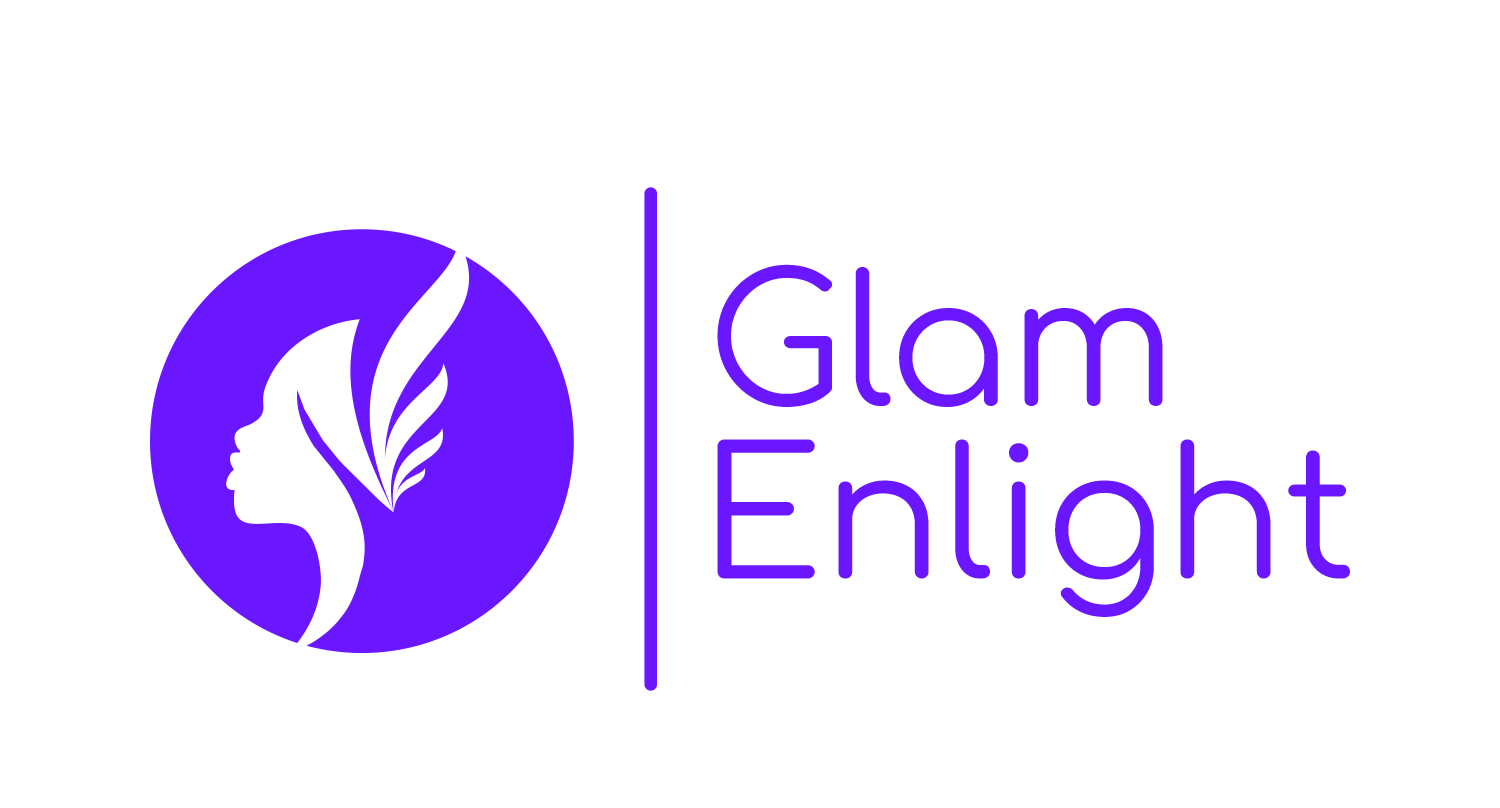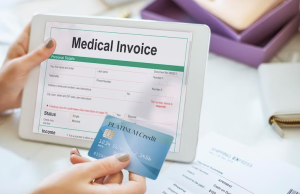
A stroke occurs when blood flow to an area of the brain is cut off. When this happens, brain cells are deprived of oxygen and nutrients and will start to die within minutes. When brain cells die during a stroke, abilities controlled by that area of the brain such as memory and muscle control are lost. A small stroke may only cause minor problems such as temporary weakness of an arm or leg. A larger stroke can permanently paralyze one side of a patient’s body. The exact location of the stroke also determines the damage that occurs to the nervous system. Some people recover completely from strokes, but most survivors will have some type of disability.
About 85 percent of strokes are ischemic strokes. Ischemic strokes occur when the arteries to the brain become narrowed or blocked, causing severely reduced blood flow. There are two main types of ischemic strokes – thrombotic stroke and embolic stroke. A thrombotic stroke occurs when a blood clot (thrombus) forms in one of the arteries that supply blood to your brain. A clot may be caused by fatty deposits (plaque) that build up in arteries and cause reduced blood flow (atherosclerosis) or other artery conditions. An embolic stroke occurs when a blood clot or other debris forms away from the brain, commonly in the heart, to be swept through your bloodstream to lodge in narrower brain arteries. This type of blood clot is called an embolus.
Another type of stroke is haemorrhagic stroke. Haemorrhagic stroke occurs when a blood vessel in the brain leaks or ruptures. Brain haemorrhages can result from many conditions that affect blood vessels, including uncontrolled high blood pressure (hypertension), overtreatment with anticoagulants and weak spots in the blood vessel walls (aneurysms). There are two main types- intracerebral haemorrhage and subarachnoid haemorrhage. In an intracerebral haemorrhage, a blood vessel in the brain bursts and spills into the surrounding brain tissue, damaging brain cells. Brain cells beyond the leak are deprived of blood and also damaged. High blood pressure, trauma, vascular malformations, use of blood-thinning medications and other conditions may cause an intracerebral haemorrhage. In a subarachnoid haemorrhage, an artery on or near the surface of the brain bursts and spills into the space between the surface of the brain and skull.
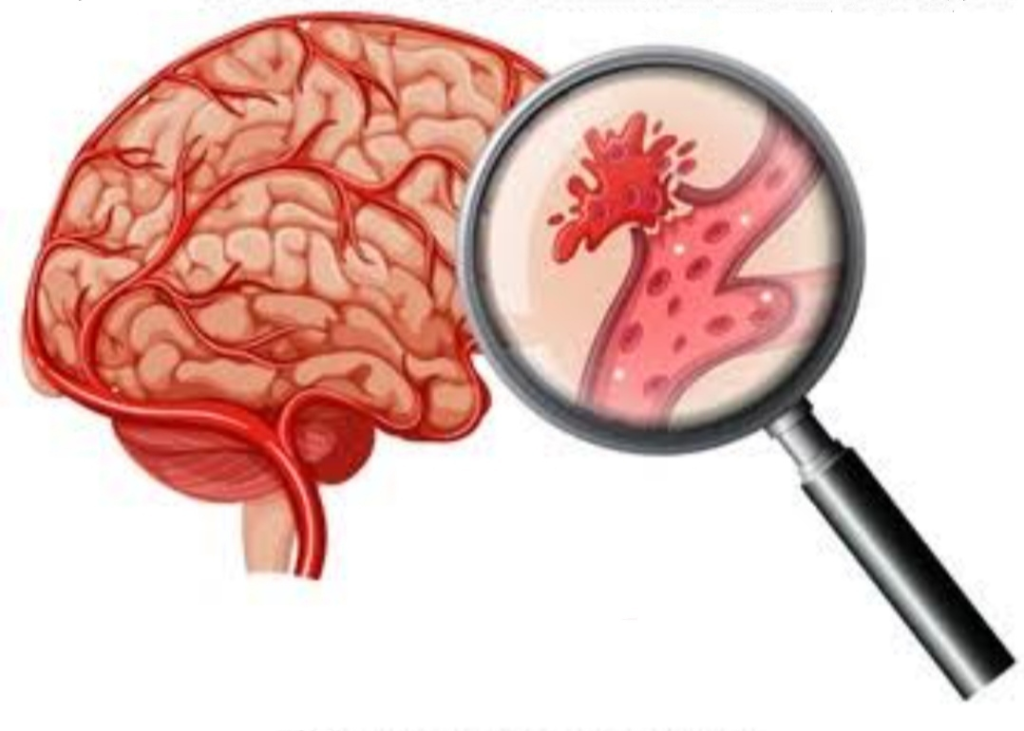
The bleeding is often signalled by a sudden, severe headache. A subarachnoid haemorrhage is commonly caused by the bursting of a small sack-shaped or berry-shaped outpouching on an artery known as an aneurysm. After the haemorrhage, the blood vessels in the brain may widen and narrow erratically (vasospasm), causing brain cell damage by further limiting blood flow.
Stroke symptoms often come on suddenly, or within a few hours:
- Numbness/weakness in one side of the face and extremities.
- Loss of control over facial expressions and limbs.
- speech blurred, unable to speak, incomprehensible to others.
- Difficulty seeing with one or both eyes.
- loss of balance, inability to move.
- severe headache for no apparent reason.
Regrettably, many times the person and the people around them do not recognize the stroke or delay in recognizing and going to the doctor, which causes more harm.
1. Massage
Massage increases the blood flow to an affected area, especially for stroke-related muscle problems. Massages may also be effective in stimulating the nerves and restoring normal nerve function. A study has found that massages decreased pain, increased health, and improved movement after stroke.
There is no typical approach of using massage for rehabilitation after a stroke since there are different types of strokes and different types of complications following a stroke. Before initiating massage with a stroke patient, make sure that it is cleared by their medical doctor.
2. Yoga
Yoga is a combination of poses, breathing, and meditation. Research has found that adding yoga to stroke rehabilitation helps recovery. It allows stroke survivors to gain strength, increase flexibility, and improve balance which leads to better independence with daily activities.
Start with a few easy poses including Savasana (corpse pose) and Pranayama (breathing poses).
Do Savasana by lying on your back with your arms relaxed at your sides. Use this pose to quiet your internal chatter and let go of any negative and frustrating thoughts that often come up during the rehabilitation process.
Pranayama is the practice of breath control. A special type of pranayama called Anulom Vilom Pranayama (alternate nostril breathing) can be very beneficial for stroke survivors. To practice this exercise, first, sit in a comfortable position and clear your mind. Then, use any one of your fingers to plug your right nostril and breathe in through your left nostril. Take a full, deep breath. Then, plug the left nostril, release the right nostril, and exhale through the right nostril. Repeat this process continuously, giving each side one full inhale and exhale.
3. Exercise
Get a moderate amount of exercise regularly. Work on repetition during exercises for stroke recovery. Repetition activates neuroplasticity, a mechanism that your brain uses to rewire itself after injury. It’s how neurons form new connections in the brain. These new connections help restore movement in the body (among numerous other functions). Each time you repeat an exercise, you strengthen the connections in the part of your brain that controls that movement.
Start with two easy exercises to strengthen your core:
- Trunk Twists: From a seated position, place your right hand on the outside of your left thigh. With your back straight, use your arm to help twist your torso to the left. (If you can’t move your right hand, then you can use your left hand to assist it.) Be sure to keep your spine straight and don’t twist to the point of pain. Repeat on each side 5 times.
- Oblique Crunch: From a seated position, dip your left shoulder down towards your left hip. Then, return to an upright position by focusing on using your core to pull yourself up. (If you can’t fully complete this exercise yet, then you can use your arm to push yourself back up.) Repeat on each side 5 times.
4. Turmeric
Some studies suggest that turmeric may prevent heart attack or stroke. Turmeric is a natural blood thinner and it may lower cholesterol levels and inhibit the oxidation of LDL cholesterol. Turmeric may also prevent platelet build up along the walls of an injured blood vessel. Platelets collecting at the site of a damaged blood vessel cause blood clots to form and contribute to blocking the artery as well.
5. Ginkgo Biloba Supplement
Gingko may reduce the likelihood of dementia following multiple strokes (often called multi-infarct dementia) by preventing blood clot formation. Ginkgo may also decrease the amount of brain damage following a stroke. Take the Ginkgo Biloba supplement according to its instructions. Do not use ginkgo if you are pregnant or breastfeeding.
Ginkgo might slow blood clotting. Do not use ginkgo if you have a bleeding disorder. Stop using ginkgo at least two weeks before a scheduled surgery. Do not use ginkgo if you ever had a seizure.
6. Healthy Diet
Healthy food habits help reduce poor cholesterol levels, high blood pressure and excess weight. Diets high in saturated fat and trans-fat can raise blood cholesterol levels. Diets high in sodium can contribute to increased blood pressure, and high-calorie diets can contribute to obesity. Diets high in sugar may cause atherosclerosis and high blood pressure.
A diet rich in vegetables, including leafy greens, fruit and whole grains helps detoxify and regulate homocysteine in the blood. Vitamin C can prevent homocysteine from damaging arteries and veins. An adequate and balanced supply of the B vitamins (found, for example, in oatmeal, brown rice and whole-grain wheat), folic acid, B6 and B12 in particular, is also essential to maintaining a balance in homocysteine blood levels. Potassium, found in bananas, beans, yoghurt and spinach, among other fruits and vegetables, was linked to a reduced risk of stroke.
Some stroke survivors have a loss of appetite. For others, eating may be difficult due to swallowing problems or limited hand or arm movement. To make eating easier, choose healthy foods with stronger flavours, such as broiled fish and citrus fruits. Also, use spices instead of salt to add flavour to food. Choose colourful, visually appealing foods, such as salmon, carrots and dark green vegetables. Cut foods into small pieces to make them easier to chew. Pick softer, easier-to-chew foods, such as yoghurt, bananas, whole-grain hot cereals and low sodium soups.
7. Quit Smoking
Cigarette smoking has been linked to heart attacks, strokes and artery disease in the legs. Nicotine raises blood pressure, carbon monoxide reduces the amount of oxygen the blood can carry to the brain, causing the heart to work harder and allowing blood clots to form more easily. Cigarette smoke makes the blood thicker, increases the amount of build-up in the arteries and makes them more likely to clot.
Quit smoking and stay away from places where others might be smoking.
8. Garlic
Garlic may prevent blood clots and destroy plaque. Blood clots and plaque block blood flow and contribute to the development of heart attack and stroke. Garlic may also be beneficial for reducing risk factors for heart disease and stroke-like high blood pressure, high cholesterol, and diabetes. Include garlic in your diet.
Garlic can lower blood pressure and increase the risk of bleeding. Use caution if you have bleeding or blood pressure-related conditions. Garlic can irritate the gastrointestinal (GI) tract. Use with caution if you have stomach or digestion problems.
Stop taking garlic at least two weeks before a scheduled surgery.
9. Bilberry
Bilberry fruit contains chemicals known as anthocyanosises, plant pigments that have excellent antioxidant properties. They scavenge damaging particles in the body known as free radicals, helping prevent or reverse damage to cells. Studies have found that anthocyanosises may strengthen blood vessels, improve circulation, and prevent the oxidation of LDL cholesterol, a major risk factor for atherosclerosis (plaque that blocks blood vessels, leading to heart attack and stroke).
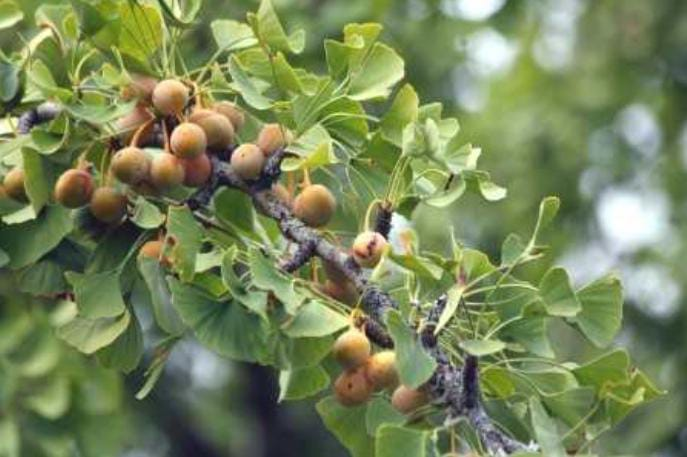
Consume bilberry fruits or take bilberry extract according to its instructions. Bilberry might affect blood glucose levels. This could interfere with blood sugar control during and after surgery. Stop taking bilberry at least two weeks before a scheduled surgery.
10. Asian Ginseng
Asian ginseng may decrease endothelial cell dysfunction. Endothelial cells line the inside of blood vessels. When these cells are disturbed, it may lead to a heart attack or stroke. The potential for ginseng to quiet down the blood vessels may prove to be protective against these conditions.
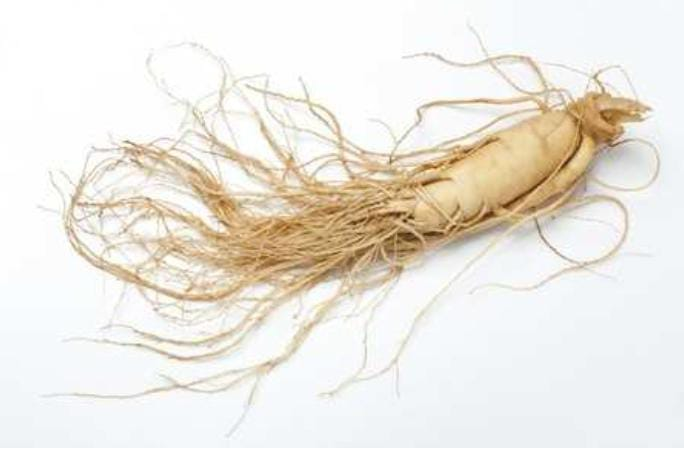
Take the Asian Ginseng supplement according to its instructions. Panax ginseng is likely unsafe to be taken by children or during pregnancy. Don’t use Panax ginseng if you have any auto-immune condition, bleeding condition. Panax ginseng might lower blood sugar. Use caution if you have blood sugar related conditions.
